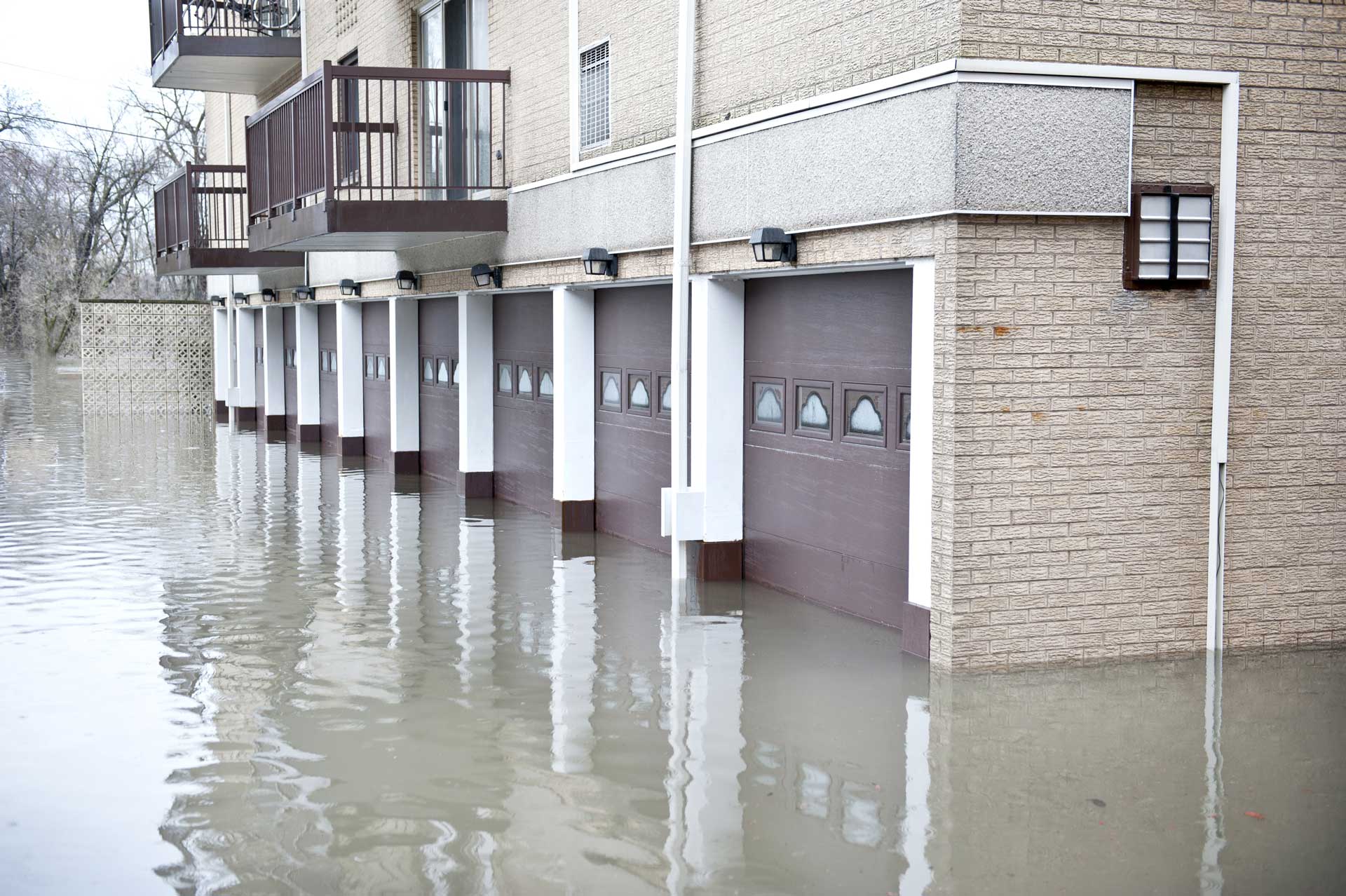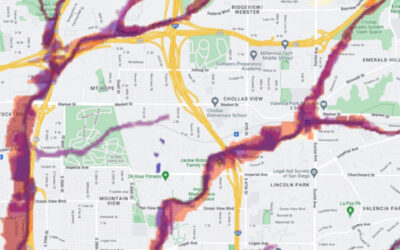Historically, rates depended on the location and elevation of the property relative to designated “flood zones.” Risk Rating 2.0 uses an extensive list of rating variables to determine NFIP premium rates, including distance from a water body, potential threat of flood and its type, ground elevation, foundation and height of its first floor, and rebuilding cost.
The new rating system is applicable to existing policies, beginning April 1, 2022.
Impact of Risk Rating 2.0
FEMA claims that the new rating system will eliminate rate disparities where lower-valued homes are required to pay higher rates relative to the risk to their property compared to higher-valued homes. Risk Rating 2.0 comes with a tagline, “Equity in Action,” which promises to help communities better understand the risk of flood.
It is estimated that there will be an increase in the cost of flood insurance. Some policies will experience high surges, though FEMA’s rate changes have been brought into effect to address the disparities in previous policies that required policyholders in low flood risk zones to pay higher rates. Alternatively, 77% of existing policies are likely to see increase in price, though this will vary by state.
In five states, 10,000 existing policies are expected to experience an increase in rate by at least $20 per month.
FEMA statistics claim that there will be a reduction of $86 per month for 23% of policyholders. On the other hand, the rate might increase from $0 to $10 per month for 66% of NFIP policyholders while 7% may report an increase of $10-$20 per month.
How Risk Rating 2.0 Will Affect Federal Policies
FEMA has unveiled Risk Rating 2.0 as part of its efforts to close the insurance gap. It aims to simplify the process and improve the experience for policyholders through a risk rate change that reflects the risk to each property.
The new risk rating system is different from the traditional methodology, which factors in Flood Insurance Rate Map zones. The new system will consider a broader range of frequencies for assessing flood risk.
Risk Rating 2.0 envisions improving the policyholders’ experience by making the flood insurance program easier to understand.
One thing that does not change is NFIP flood insurance carries a 30-day waiting period before becoming effective. That means a policyholder does not have any coverage during this period. In order to maximize flood protection, consumers should purchase coverage in advance. Luckily, private flood insurance comes with a shorter waiting period. Those with expensive homes in a flood risk zone may consider a private policy. Another advantage of private policy is that it allows higher limits of protection compared with NFIP. With www.californiafloodinsurance.com you can get rates from multiple carriers in under ten minutes and substantially improve your premium and coverage.




